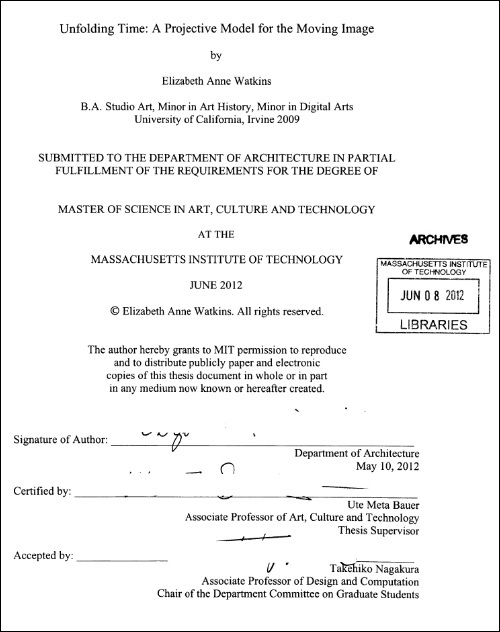Search this journal for the three words of the title.
Thursday, March 8, 2018
Monday, December 11, 2006
Monday December 11, 2006
J. G. Ballard on “the architecture of death“:
“… a huge system of German fortifications that included the Siegfried line, submarine pens and huge flak towers that threatened the surrounding land like lines of Teutonic knights. Almost all had survived the war and seemed to be waiting for the next one, left behind by a race of warrior scientists obsessed with geometry and death.”
— The Guardian, March 20, 2006
“For him, writing is a struggle both with geometry and death.”
— “The Duende,” American Poetry Review, July/August 1999
absolute intellectual honesty,
and the effect is sheer liberation….
The disposition of the material is
a model of logic and clarity.”
— Harper’s Magazine review
quoted on back cover of
Cubism and Twentieth-Century Art,
by Robert Rosenblum
(Abrams paperback, 2001)
“Are Children the Ultimate Literary Critics?”
— Top of the News 29 (Nov. 1972): 32-36.
“Sets forth his own aims in writing for children
and laments ‘slice of life’ and chaos in
children’s literature. Maintains that children
like good plots, logic, and clarity,
and that they have a concern for
‘so-called eternal questions.'”
— An Annotated Listing of Criticism
by Linnea Hendrickson
“She returned the smile, then looked
across the room to her youngest brother,
Charles Wallace, and to their father,
who were deep in concentration, bent
over the model they were building
of a tesseract: the square squared,
and squared again: a construction
of the dimension of time.”
— A Swiftly Tilting Planet,
by Madeleine L’Engle

For “the dimension of time,”
see A Fold in Time,
Time Fold, and
Diamond Theory in 1937.
For a more adult audience —
In memory of General Augusto Pinochet, who died yesterday in Santiago, Chile, a quotation from Federico Garcia Lorca‘s lecture on “the Duende” (Buenos Aires, Argentina, 1933):
hermit of the Escorial,” is less lonely now.
Thursday, July 27, 2006
Thursday July 27, 2006
720,
“Was there really a cherubim
waiting at the star-watching rock…?
Was he real?
What is real?”
— Madeleine L’Engle,
A Wind in the Door,
quoted at math16.com
7/20:
Real
5/13:
A Fold in Time
Saturday, May 13, 2006
Saturday May 13, 2006
ART WARS continued…
|
|
 |
Above: Braque and tesseract
“The senses deform, the mind forms. Work to perfect the mind. There is no certitude but in what the mind conceives.”
— Georges Braque, Reflections on Painting, 1917
Those who wish to follow Braque’s advice may try the following exercise from a book first published in 1937:

Hint: See the above picture of
Braque and the construction of
a tesseract.
(both of Oct. 10, 2003),
and the following–
— Cynthia Zarin on Madeleine L’Engle,
“The Storyteller,” in The New Yorker,
issue dated April 12, 2004
Friday, October 10, 2003
Friday October 10, 2003
Storyline
To hear a story, or to read it straight through from start to finish, is to travel along a one-dimensional line. A well-structured story has, however, more than one dimension.
Juxtaposing scenes shows that details that seem to be far apart in the telling (or the living) of a story may in fact be closely related.
Here is an example from the film “Contact,” in which a young girl’s drawing and a vision of paradise are no longer separated by the time it takes to tell (or live) the story:
 |
 |
(See my entry of Michaelmas 2002.)
For details of how time is “folded”
by artists and poets, see the following:




